Relative Volatility
- 指标
- Valeriia Mishchenko
- 版本: 1.16
Like most things that work in trading, it's really simple. However, it's one of the most powerful tools I have that makes entries of many systems much more precise.
In its essence, it measures the recent volatility against the medium-term average. How does it work? Markets tend to be prone to strong trending movements when relative volatility is low and tend to be mean-reverting when relative volatility is high.
It can be used with both mean-reversion systems (like the Golden Pickaxe) and momentum systems (like my crypto portfolio). However, the logic of use differs depending on the system in question. If we want to have more trades during ranging markets (which is beneficial for mean-reversion systems), we need to aim at relatively high values of the indicator (e.g., 95 and above). If we want to have more trades during trending markets (good for momentum systems), we need to aim at relatively low values (e.g., 95 and below).
I have tested the filter based on this indicator on many markets, from futures and stock market to Forex and crypto market. It makes entries of many systems more precise on average. However, it also means that there will sometimes be periods without any trading. The suitability of this filter with any given system should be tested using historical data. In some cases, it may be better to take less precise entries and have more profit due to the higher number of trades taken. It's especially useful on trending instruments, like gold or crypto.
While it's a powerful tool in one's algorithmic trading portfolio structure, I have decided to provide it for free for anyone to use. I don't intend to capitalize on using it, and I would like to offer it for free for anyone's personal use and research.
In its essence, it measures the recent volatility against the medium-term average. How does it work? Markets tend to be prone to strong trending movements when relative volatility is low and tend to be mean-reverting when relative volatility is high.
It can be used with both mean-reversion systems (like the Golden Pickaxe) and momentum systems (like my crypto portfolio). However, the logic of use differs depending on the system in question. If we want to have more trades during ranging markets (which is beneficial for mean-reversion systems), we need to aim at relatively high values of the indicator (e.g., 95 and above). If we want to have more trades during trending markets (good for momentum systems), we need to aim at relatively low values (e.g., 95 and below).
I have tested the filter based on this indicator on many markets, from futures and stock market to Forex and crypto market. It makes entries of many systems more precise on average. However, it also means that there will sometimes be periods without any trading. The suitability of this filter with any given system should be tested using historical data. In some cases, it may be better to take less precise entries and have more profit due to the higher number of trades taken. It's especially useful on trending instruments, like gold or crypto.
While it's a powerful tool in one's algorithmic trading portfolio structure, I have decided to provide it for free for anyone to use. I don't intend to capitalize on using it, and I would like to offer it for free for anyone's personal use and research.
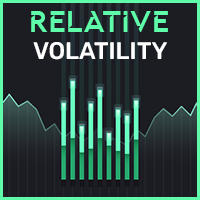
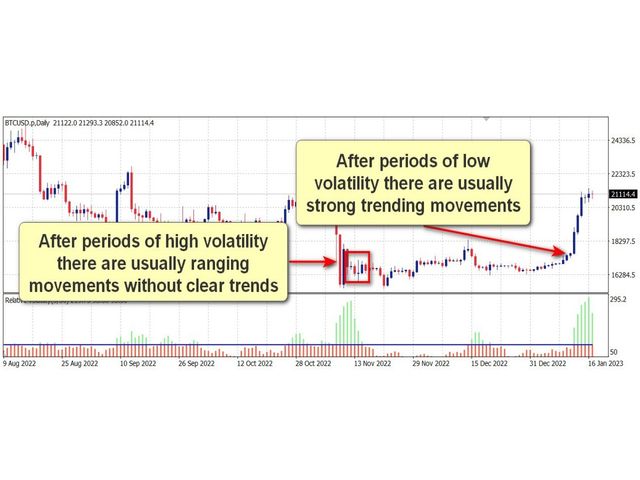
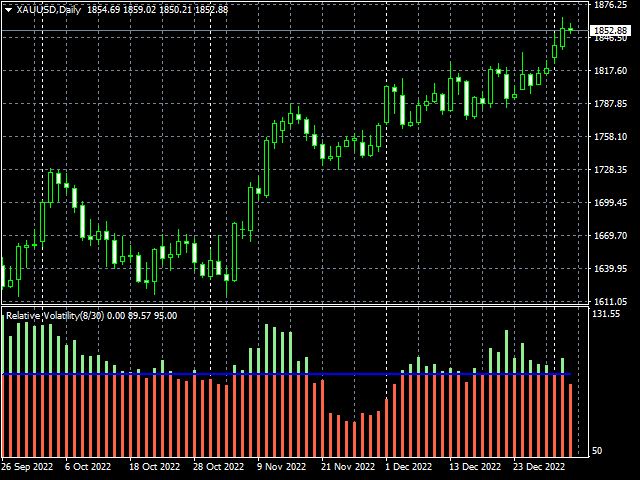

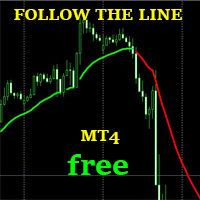

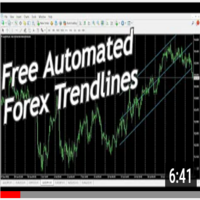

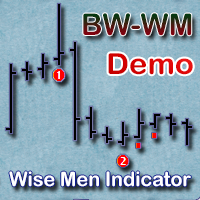
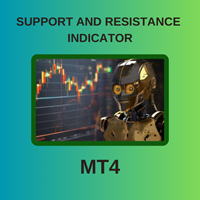
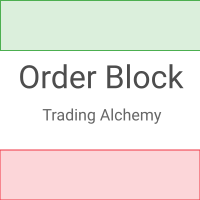
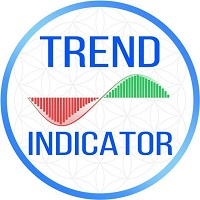
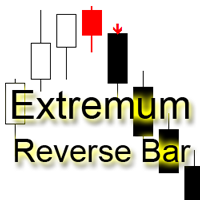
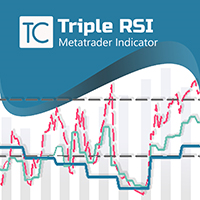

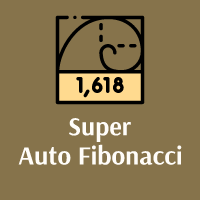
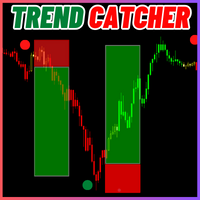
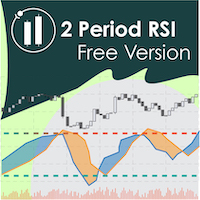

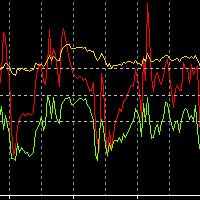
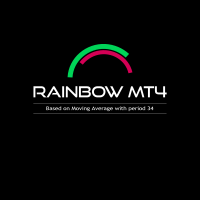
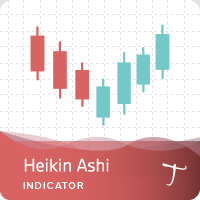
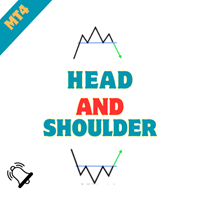

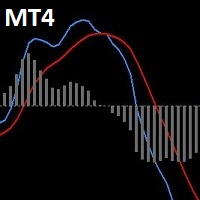
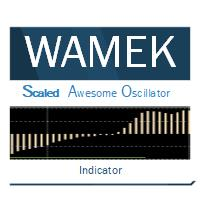
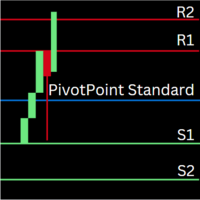

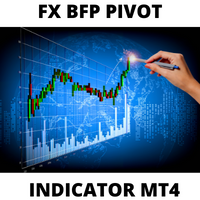
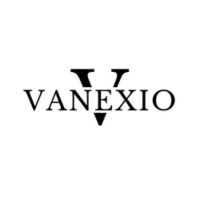

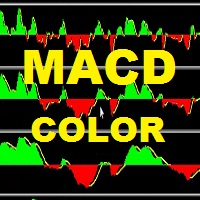



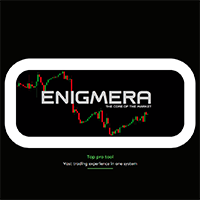


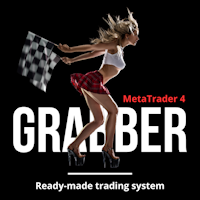


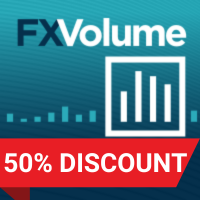




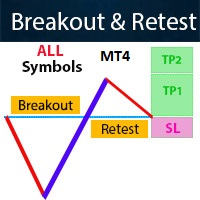
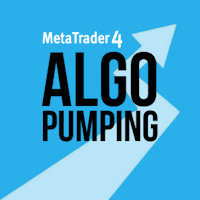


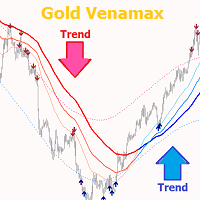
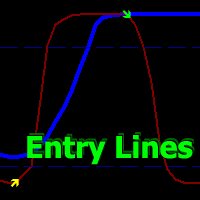

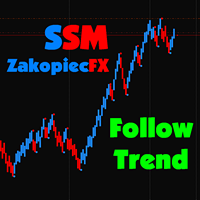


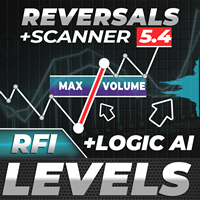

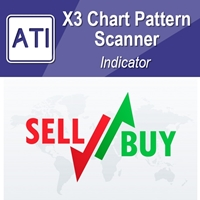

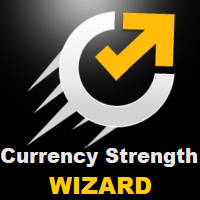
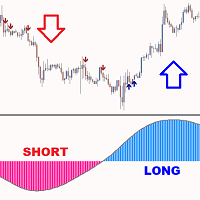
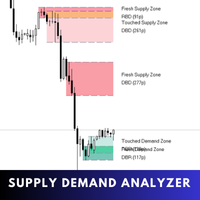



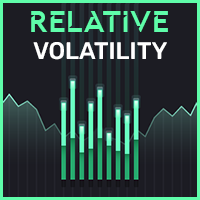









I used it for the first time together with the EA I'm using and it gave very good results. Thank you very much.